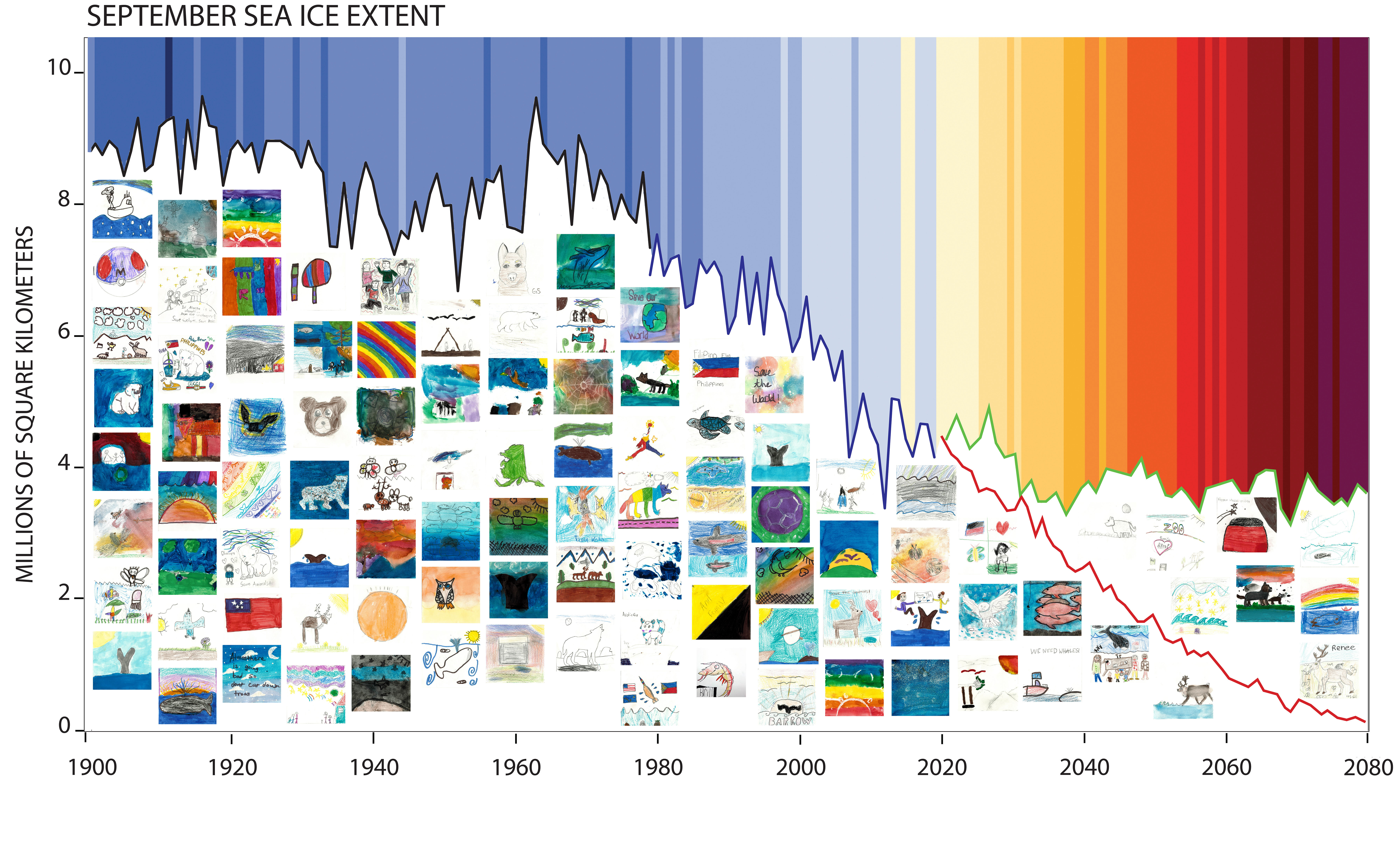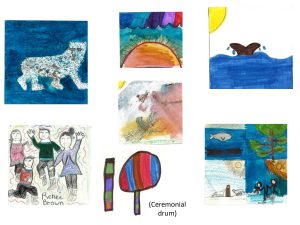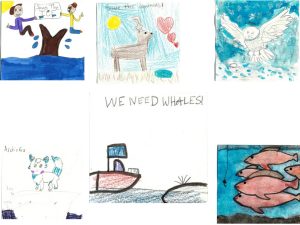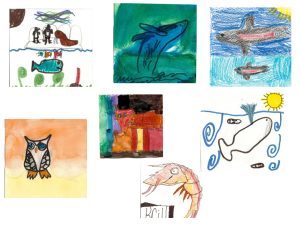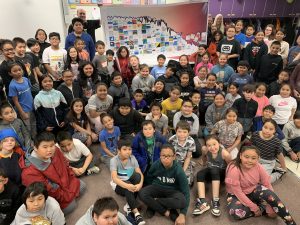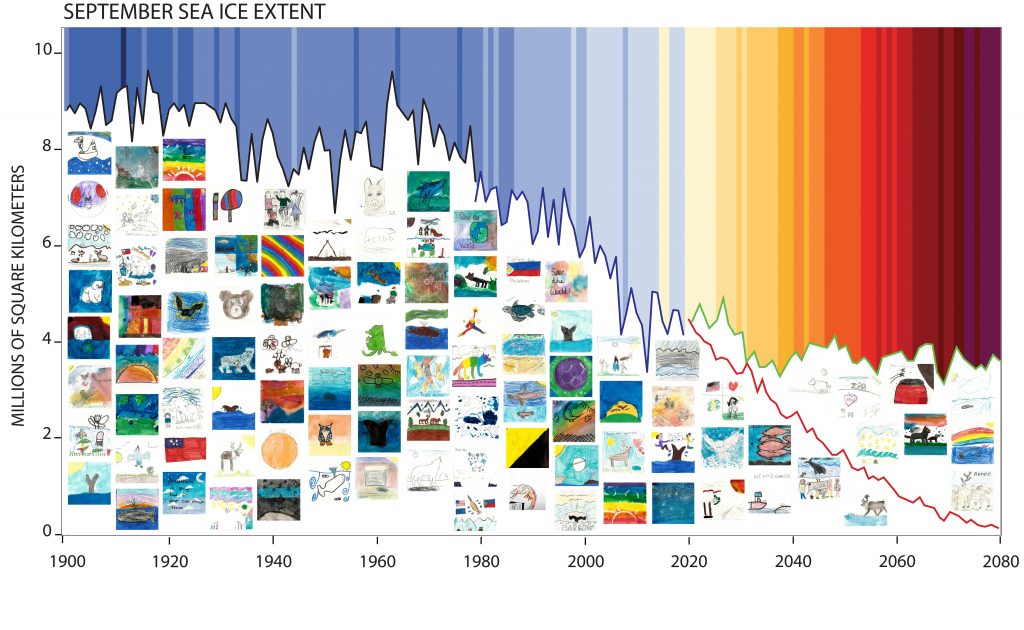Voices of the Sea Ice: engaging an Arctic community to communicate impacts of climate change
David Lipson, Kim Reasor, Kååre Sikuaq Erickson
The predominantly Inupiat people of Utqiaġvik, Alaska are among those who will be most impacted by climate change and the loss of Arctic sea ice in the near future. Subsistence hunting of marine mammals associated with sea ice is central to the Inupiat way of life. Furthermore, their coastal homes and infrastructure are increasingly subject to damage from increased wave action on ice-free Beaufort and Chukchi Seas. While the people of this region are among the most directly vulnerable to climate change, the subject is not often discussed in the elementary school curriculum. Meanwhile, in many other parts of the world, the impacts of climate change are viewed as abstract and remote. We worked with fifth grade children in Utqiaġvik both to educate them, but also to engage them in helping us communicate to rest of the world, in an emotionally resonant way, the direct impacts of climate change on families in this Arctic region.
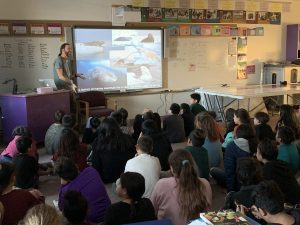
The team consisted of a scientist (Lipson), an artist (Reasor) and an outreach specialist (Erickson) of Inupiat heritage from a village in Alaska. We worked with four 5th grade classes of about 25 students each at Fred Ipalook Elementary in Utqiaġvik, AK. The scientist gave a short lecture about sea ice and climate change in the Arctic, with emphasis on local impacts to hunting and infrastructure (with interjections from the local outreach specialist). We then showed the students a large poster of historical and projected sea ice decline, and asked the students to help us fill in the white space beneath the lines. The artist led the children in making small art pieces that represent things that are important to their lives in Utqiaġvik (they were encouraged to paint animals, but they were free to do whatever they wanted).
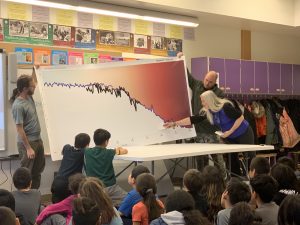
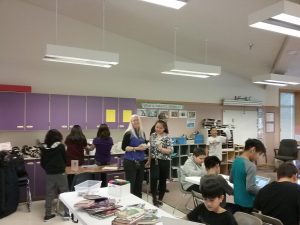
We returned to the class later that week and had each student briefly introduce themselves and their painting, and place it to the large graph of sea ice decline, which included the dire predictions of the RCP8.5 scenario. At the end we added the more hopeful RCP2.6 scenario to end on a positive note. The artist then painted in the more hopeful green line by hand.
The result was a poster showing historical and projected Arctic sea ice cover, with 100 beautiful paintings by children of things that are dear to them about their home being squeezed into a smaller region as the sea ice cover diminishes. We scanned all the artwork to make a digital version of the poster, and left the original with the school. These materials have been converted into an interactive webpage where viewers can click on the individual painting for detail. This project can serve as a nucleus for communicating to other classes and adults about the real impacts of climate change in people’s lives.
This project was presented at the 2020 EGU meeting (EGU2020-12661)
